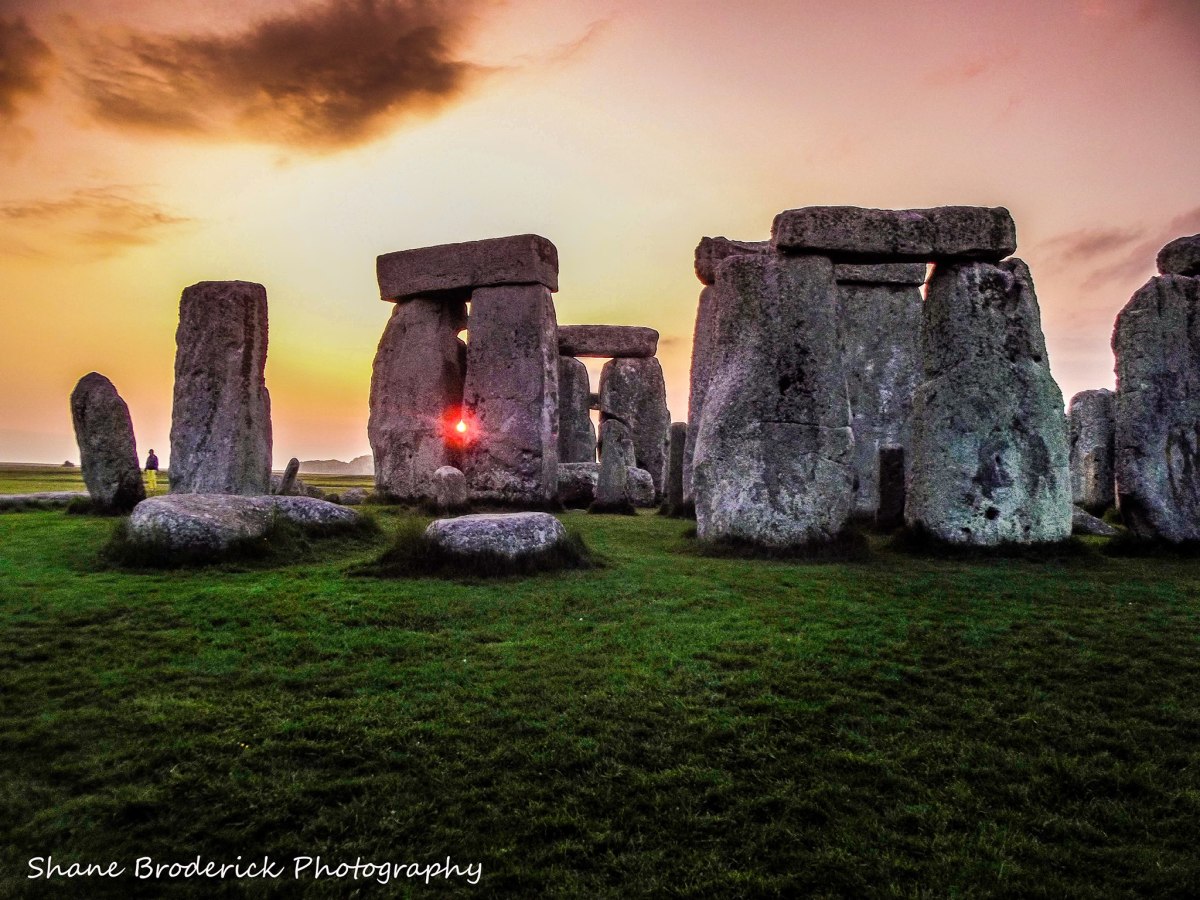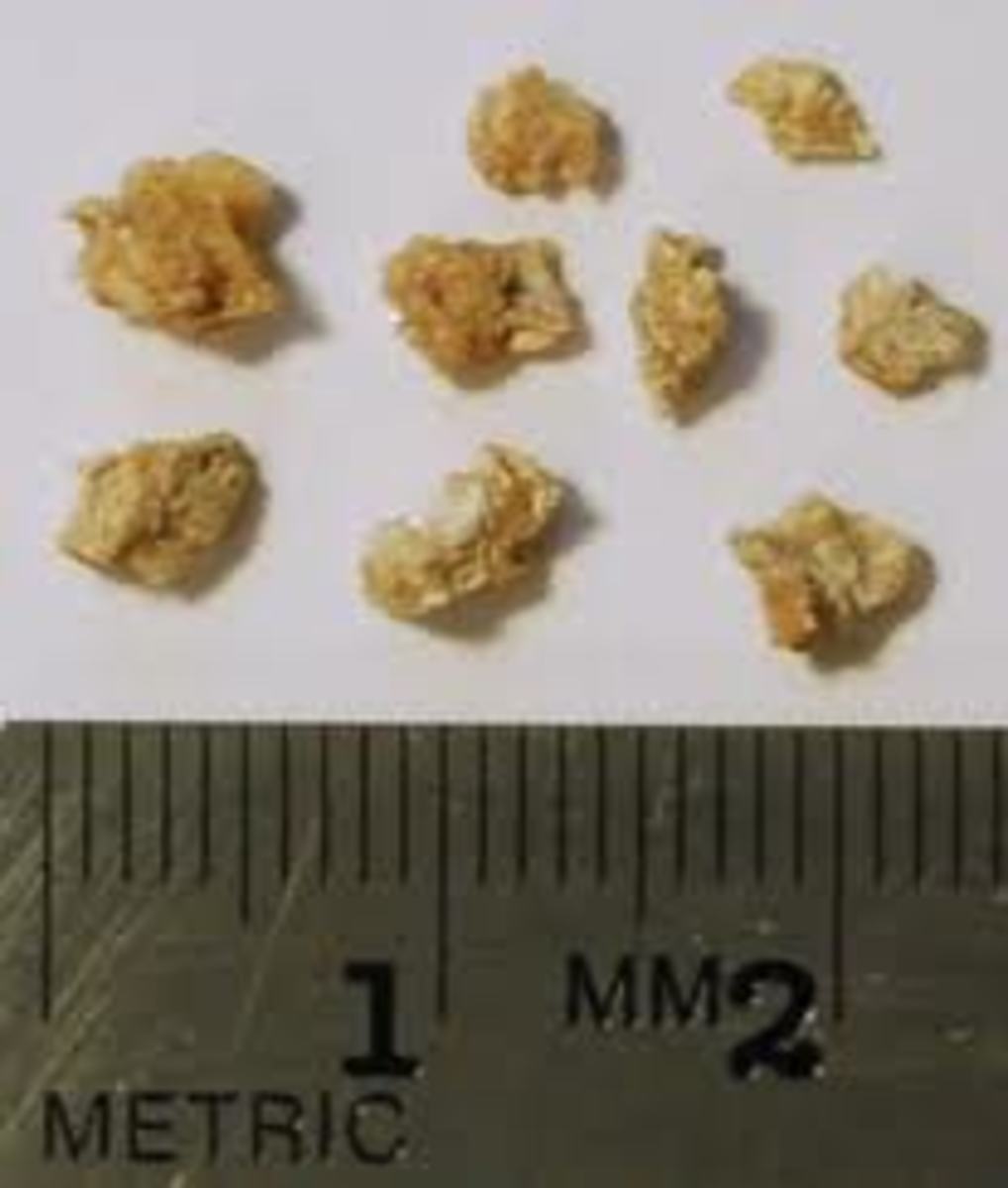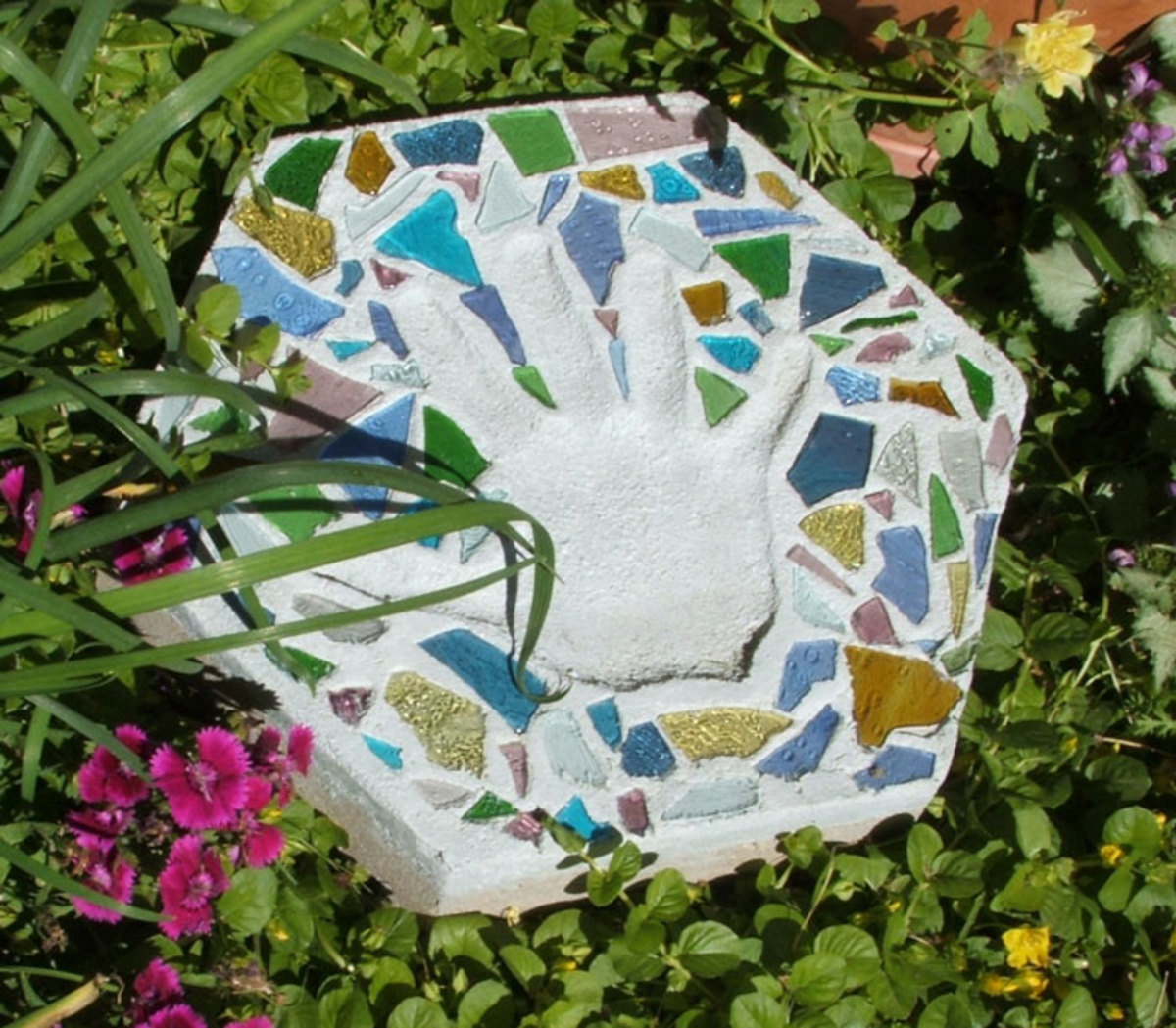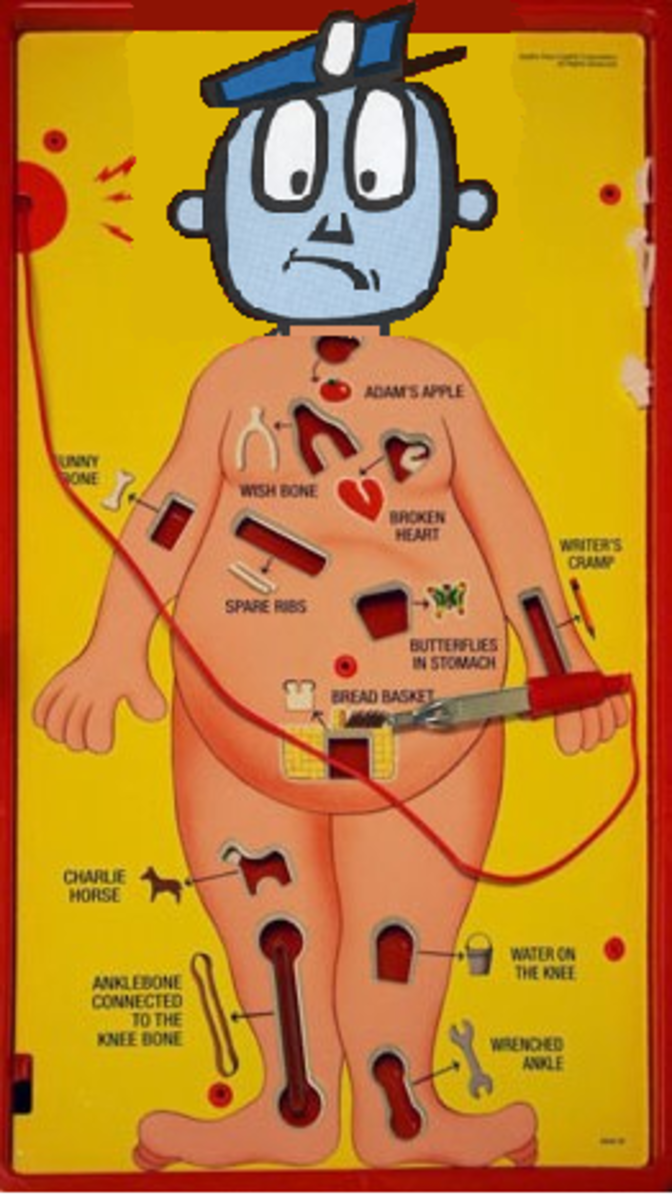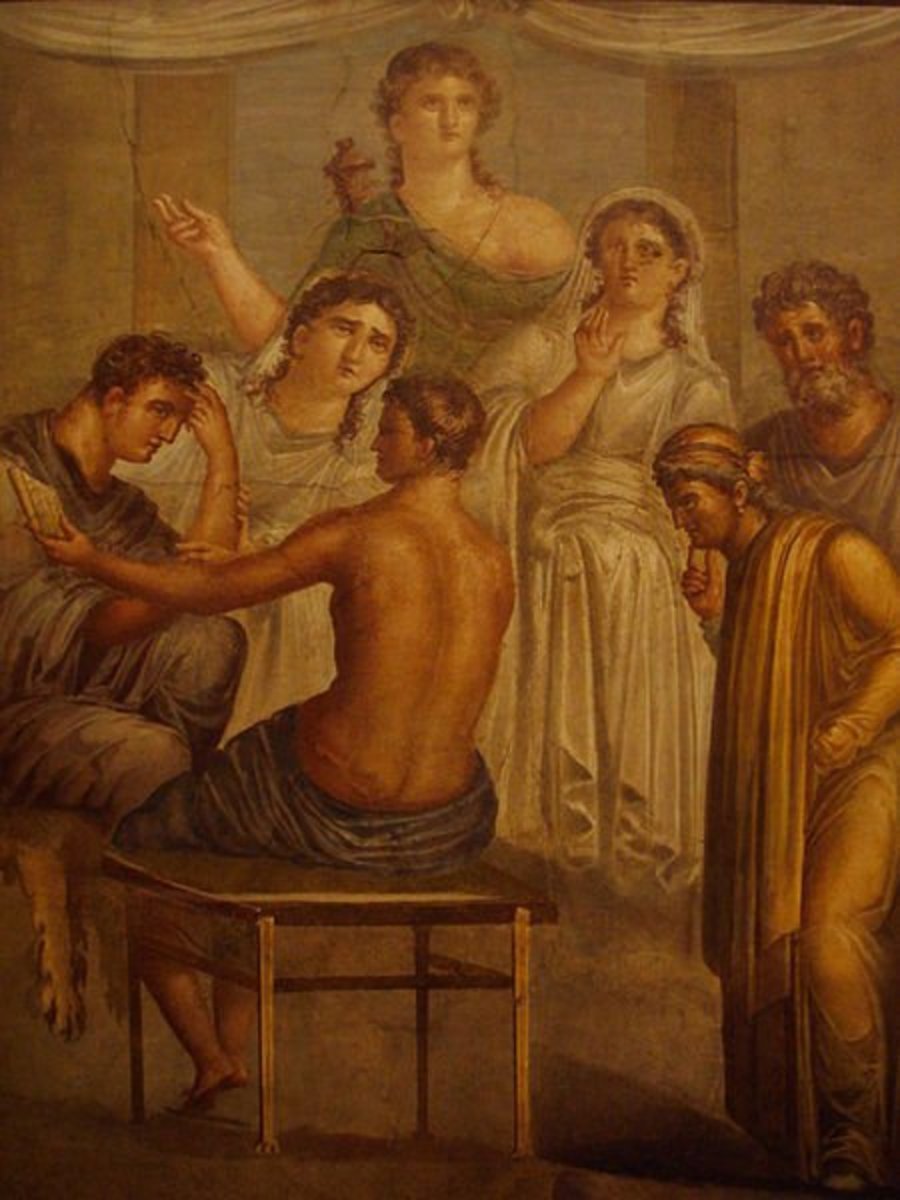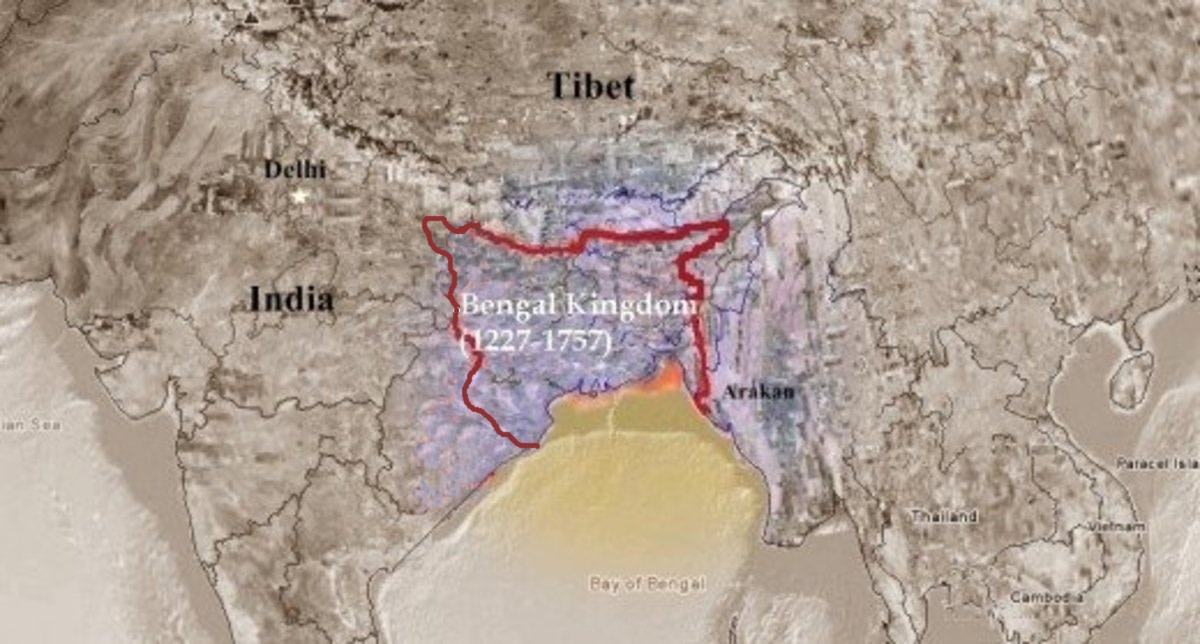The Final Stage
Final Stage
The final stage of the Stonehenge, Stonehenge III, is known to be the most extrordinary stage of construction. The Wessex people showed great talent in the construction of Stonehenge III. Starting in 2000 B.C., the trilithons were just one of the many things accomplished in this stage. The trilithons were made up of two upright stones (the posts) with one stone (the cap) laying across the top, connecting the two upright stones. Twenty-five to fifty ton sarsen stones made up these enormous trilithons. They measure to seven feet wide and stand from a range of thirteen to twenty feet tall. The trilithons have what is called "intergral mortise and tendon joints." The Wessex people were impressively accurate with their measurements. They cut the cap stones at a slight curve so the stones would connect into a circle. This work would even be impressive today. These stones were also from Marlborough Downs, which lied twenty miles away in North Wiltshire. The Wessex people used the roller and sledge technique to move these stones, just as the Beaker people did in Stonehenge II. Studies say it would have taken about five hundred men to drag just one of these stones and a hundred more for heaving the rollers to the front of the stone. Their most dreadful feat was probably taking on the steep Redhorn Hill. This task would have needed even more man power. After they got all the stones to the site, they immediately started to carve and chisel what was needed before standing the stones into place. They used the lever and rope method to place them in their holes. Once the lever had gotten the stone at a thirty- degree angle, they then used the ropes to pull the stone up the rest of the way. They would then fill in the hole around the base of the stone. After all the stone posts were in place, then they used a ramp and pulley system to get the cap stones on top of the posts. Using the same methods, they made another ring around this one, called the "Sarsen Circle." The "Sarsen Circle" held thirty smaller stones in trilithon form. Inside the "Sarsen Circle" they made an oval of standing blue stones around the "Altar Stone." Finally the Y and Z holes appeared. The Y holes hold thirty holes three feet deep, about thirty-five feet from the "Sarsen Circle." The Z holes are made up of 29 holes, three feet, five inches deep, all of which are irregularly spaced and form a rectangular shape. These holes filled in naturally. Each Y and Z hole contains a blue stone fragment. The construction of the Stonehenge finally ended in 1600 B.C.(fortunecity.com) Why did they start this epic construction and why was it carried on by three different cultures? What did they use it for? We still have so many unanswered questions. Now for the fun part. Linking the events around the Stonehenge. Linking legend to the story behind the Stonehenge. Next time, we shall uncover the most incredible secrets.

